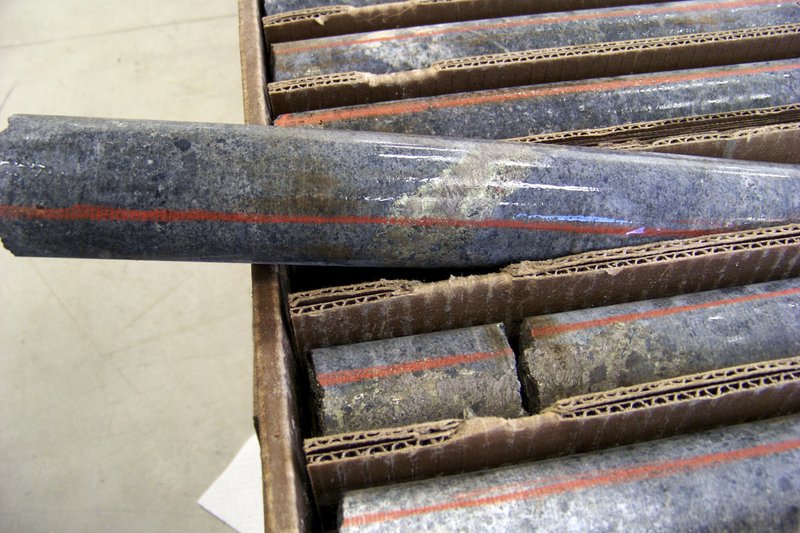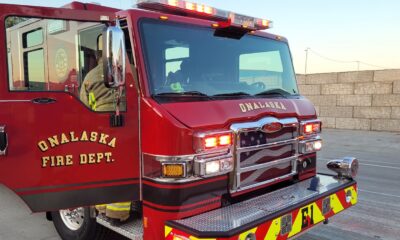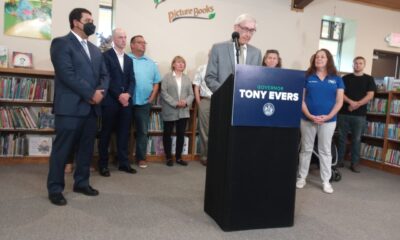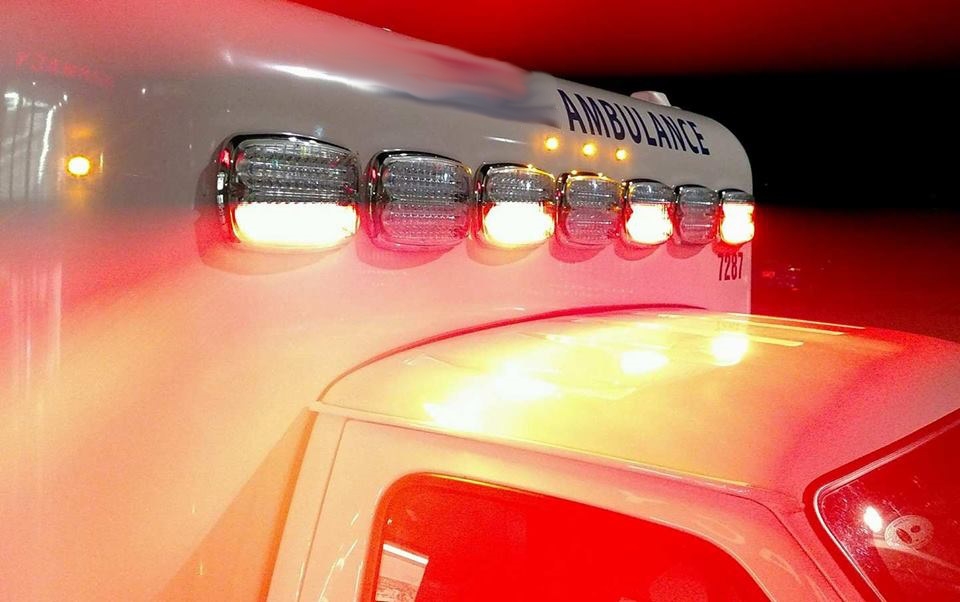Wisconsin
Wisconsin DNR board unanimously approves rules raising mining costs

MADISON, Wis. (AP) — Companies looking to mine copper, gold and silver in Wisconsin will face dramatically higher costs and have to work around an extensive list of off-limit areas under new rules the state Department of Natural Resources policy board overwhelmingly approved Wednesday.
The rules increase the cost of permits and licenses for nonferrous mining exploration and operation, and require applicants to provide substantially greater detail in their feasibility reports, operational plans and construction documentation. The changes together could increase costs for projects by as much as $502,000, according to a DNR summary of the new regulations.
The regulations also establish a new list of areas that are off-limits to mining, including wilderness areas designated by statute, wild and scenic rivers, wildlife refuges, state natural areas, and areas with endangered animals or plants.
DNR officials said the changes were needed to comply with a 2017 law that lifted the state’s de facto moratorium on nonferrous mining. Regulations on such operations haven’t been revised since 1982, they said.
The board tabled the plan in December to allow the DNR to make technical changes to the wording and to add a provision requiring the notification of Native American tribes with reservations within 60 miles of a nonferrous mining project. Many tribes fear pollution from mining will ruin their wild rice beds and wreck the environment.
The board brought the rules back for reconsideration on Wednesday and approved them on a unanimous voice vote with no debate during a virtual meeting. Only two people logged in with brief comments.
Tina Van Zile, environmental director for the Sokaogon Chippewa Community Mole Lake Band of Lake Superior Chippewa, thanked the board for including the tribal notification provisions and said she hoped the rule would protect the environment for future generations.
Robert Lundberg, an attorney for 10 environmental groups, including Midwest Environmental Advocates and Wisconsin Conservation Voters, told the board that the groups still oppose the 2017 law lifting the moratorium, but that the rules “strike a balance” given the constraints on the DNR.
The state’s largest industry group, Wisconsin Manufacturers and Commerce, said last fall that the rules would make mining harder and more expensive for no reason. No one from the group appeared to speak at Wednesday’s meeting, however. A spokesman for the group didn’t immediately respond to an email.
Democratic Gov. Tony Evers or the Republican-controlled Legislature could block the rules. It’s unlikely Evers will step in since he controls the DNR. Mike Mikalsen, an aide to Republican state Sen. Steve Nass, who co-chairs the Legislature’s rules committee, didn’t immediately respond to an email.
Nonferrous mining refers to the mining of minerals other than iron, such as copper, gold, silver, zinc and lead. DNR officials wrote in their rule summary that they anticipate only one new project to be considered every decade.
Follow Todd Richmond on Twitter: https://twitter.com/trichmond1






